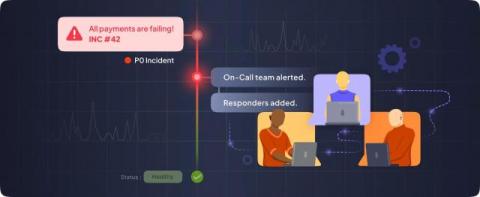Incident Severity Levels: A Complete Technical Guide
Incidents are inevitable but how you react to them can make all the difference. Not all incidents are created equal but the main challenge that many SRE teams face is to find a way to react to the incidents properly. When an incident occurs, the major question you need to answer is "how severe is it?" We use incident severity levels that help determine the severity based on some predefined guidelines.











